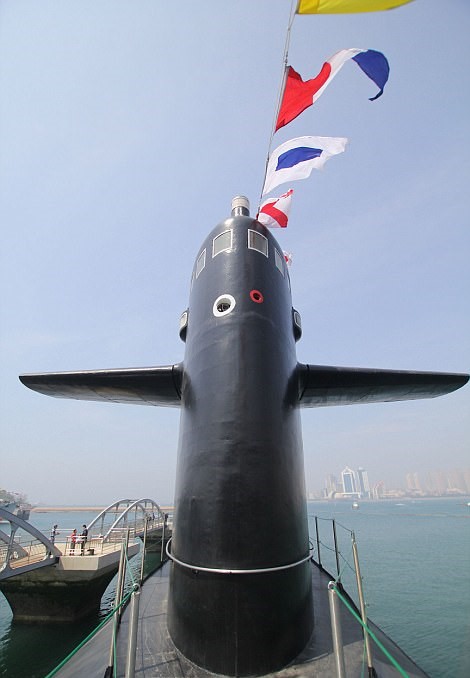

īallistic missile submarines, which carry nuclear weapons, are one of the types of nuclear submarines. Some of the most serious nuclear and radiation accidents ever to occur have involved Soviet nuclear submarine mishaps. The high cost of nuclear technology means that relatively few states have fielded nuclear submarines. Conversely, the limited power stored in electric batteries means that even the most advanced conventional submarine can only remain submerged for a few days at slow speed, and only a few hours at top speed recent advances in air-independent propulsion have eroded this disadvantage somewhat. Current generations of nuclear submarines never need to be refueled throughout their 25-year lifespans.

The performance advantages of nuclear submarines over "conventional" (typically diesel-electric) submarines are considerable: nuclear propulsion, being completely independent of air, frees the submarine from the need to surface frequently, as is necessary for conventional submarines the large amount of power generated by a nuclear reactor allows nuclear submarines to operate at high speed for long durations and the long interval between refuellings grants a range limited only by consumables such as food. For submarines carrying nuclear weapons, see Ballistic missile submarine.Ī nuclear submarine is a submarine powered by a nuclear reactor. This article is about submarines powered by nuclear energy.


 0 kommentar(er)
0 kommentar(er)
